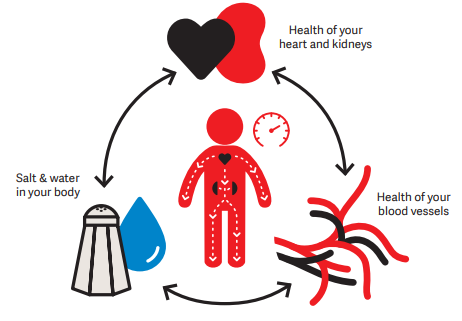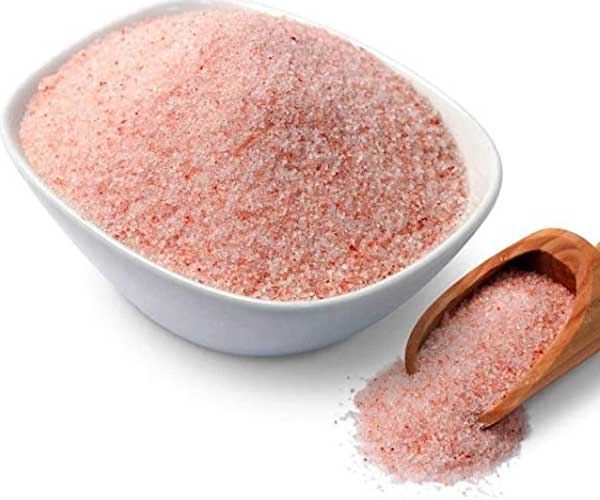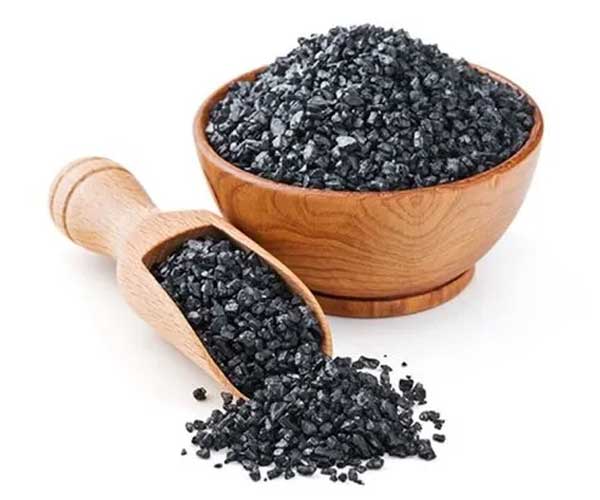The Salt Intake: Its Relation to Health & Disease
The Salt Intake: Its Relation to Health & Disease
Salt has played a vital role in shaping civilizations. From ancient Roman roads to African trade, salt was a prized commodity. In fact, the word “salary” comes from “solarium argentum,” the payment Roman soldiers received in salt. This deep historical significance highlights the essential nature of salt in our diets and cultures.
Humans evolved with a natural craving for salt, especially those with primarily vegetarian diets. While salt has medicinal uses like reducing swelling and aiding digestion, excessive intake is harmful.
A high-salt diet increases the risk of high blood pressure, stroke, heart attack, and kidney disease. It disrupts sodium-potassium balance, leading to water retention, which strains blood vessels and kidneys. It also raises protein levels in urine—a key indicator of declining kidney health.

Foods High in Salt or Sodium
- Fast foods, canned or processed meals
- Frozen dinners, boxed ready-to-eat meals
- Sauces, salad dressings, marinades
- Cured meats: bacon, ham, sausages, lunch meats
- Salt (table, kosher, sea)
- Hidden sodium in ingredients like MSG or sodium nitrate
Cutting Down on Salt: Guidelines
- Limit to 2,000 mg sodium/day (1 tsp = 2,300 mg)
- Avoid adding salt at the table or while cooking
- Avoid salt substitutes if you have kidney disease
- Read nutrition labels: Choose foods with <5% Daily Value of sodium
- Buy fresh, whole foods & rinse canned goods
- Cook meals from scratch instead of packaged meals
Various Types of Salt
Table Salt
Also known as iodized salt, it contains potassium iodide and anti-caking agents. While it’s a staple in many homes, its metallic aftertaste is a downside.


Himalayan Pink Salt
Mined from the Himalayan Mountains, it’s rich in trace minerals and known for its pink hue and holistic health benefits.
Black Salt
Also called Kala Namak, this salt is rich in sulfur compounds and known for its pungent, egg-like flavor. It’s often used in Ayurvedic medicine and vegan dishes.


Sea Salt
Harvested from evaporated seawater, it retains natural minerals and comes in a variety of textures. Sea salt is often used as a finishing salt due to its crisp, flaky structure.
Contact Our Nephrology Expert
Email: dirnephro@gmail.com
For Appointments Contact: Co-ordinator at +91 9599471244

Prof (Dr) D Mukherjee is an alumnus of the prestigious Armed Forces Medical College, Pune where he did his MBBS & MD (Medicine). Subsequently he went on to do his DM (Nephrology) from PGIMER Chandigarh, which is the foremost training institution for nephrology in India.